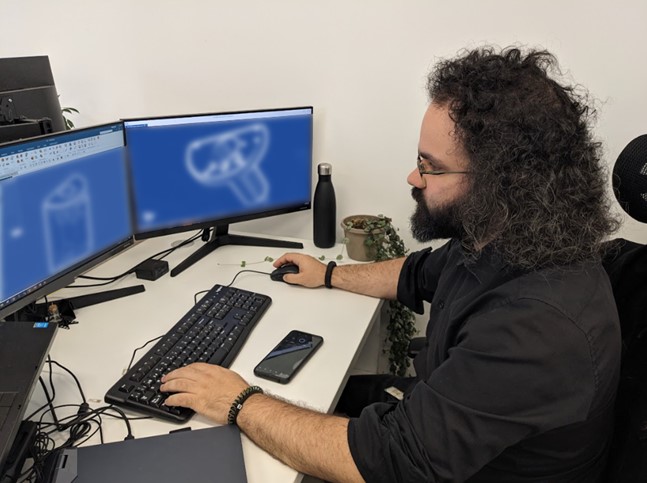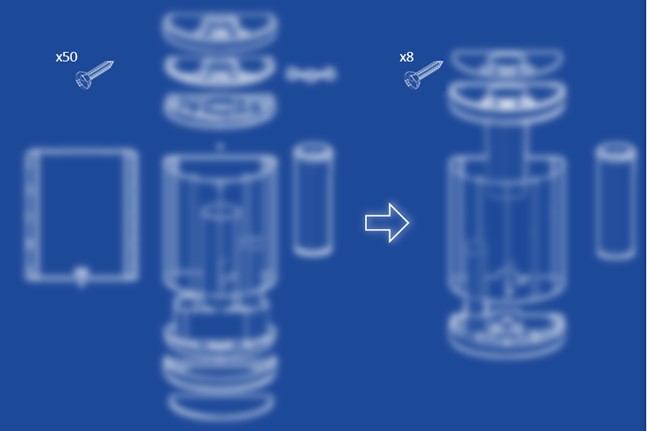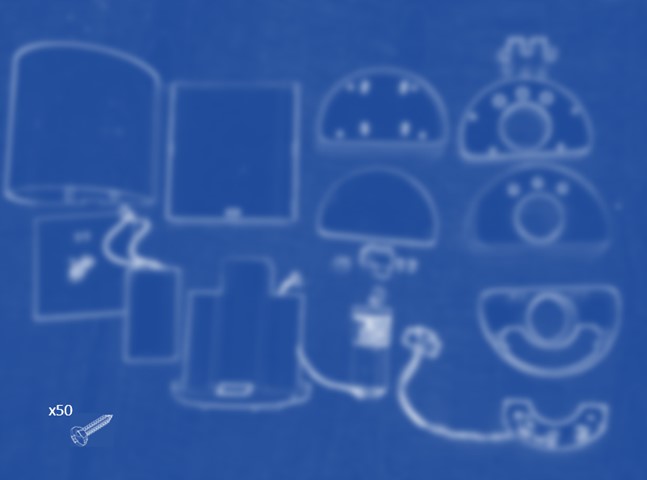What was the challenge or problem to solve?
The project arose from a challenge posed by a client who had developed a device with the help of another company. The client needed to maintain the general design of the device, but it was imperative to reduce the number of parts to lower production and assembly costs.
After INFINITIA’s evaluation of the client’s proposed design, it was determined that the initial design of the device was complex, with an excessive number of parts and anchoring elements, resulting in a costly and labor-intensive assembly process.

The challenge was considered successfully overcome when the device was reduced to just four parts, using only eight identical screws. This advance not only reduced manufacturing and assembly costs but also significantly simplified the assembly process. The INFINITIA Product Development team demonstrated their competence and creativity in tackling this complex challenge, delivering an optimized and efficient product.

The first step in the project was a detailed analysis of the original design of the device and the client’s specific needs. Professional CAD software was used to examine the design, identifying the essential functionalities and grouping the necessary geometries to meet the client’s requirements. This analysis allowed for a thorough understanding of the device and determined which components were truly indispensable.
With a clear understanding of the functionalities and geometries, the device redesign proceeded. Leveraging the Product Development team’s know-how in the design of parts and anchoring mechanisms, elements were unified, and superfluous components were eliminated. The use of advanced design techniques allowed the creation of more efficient models that required fewer parts and screws, favoring an innovative approach over more traditional methods.
Subsequently, the new geometries were fabricated through rapid prototyping processes using high-quality additive manufacturing. 3D printers of various technologies allowed for the iteration of designs until the optimal solution was achieved without incurring high costs or long lead times. This method facilitated the validation and adjustment of the design before the industrialization phase.
Finally, the assembly and testing of the demonstration prototypes were carried out. Using professional post-processing and aesthetic finishing equipment, models were created that allowed the client to present the product to shareholders and investors as if it were the final device. This stage was crucial to ensure the acceptance and success of the redesign.
In summary, the comprehensive and meticulous approach adopted by INFINITIA resulted in a successful solution that not only met the client’s objectives but also significantly optimized the design and production of the device.

